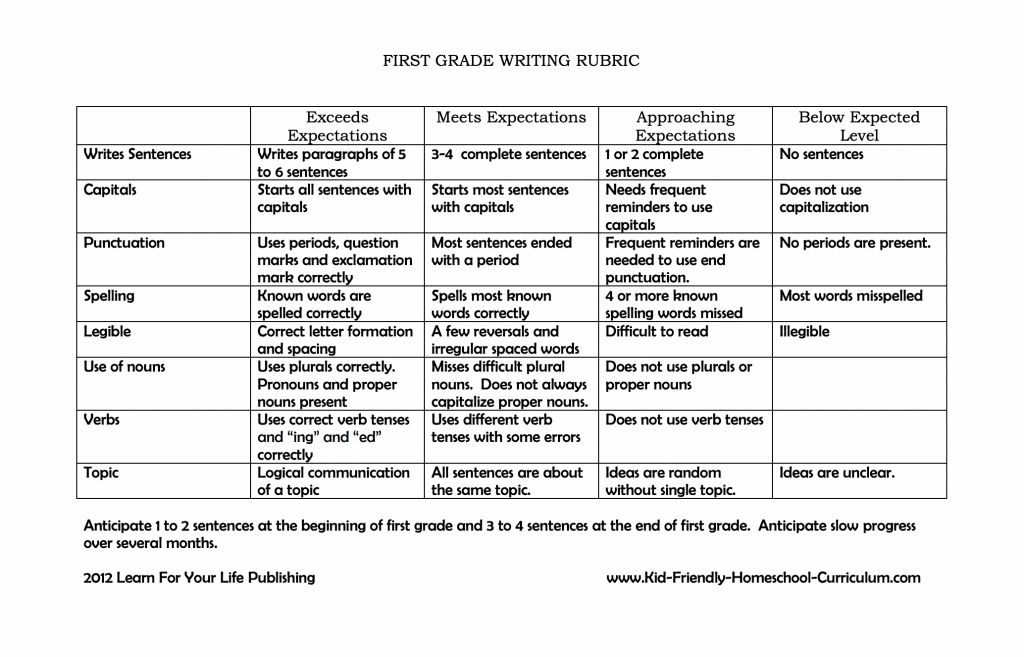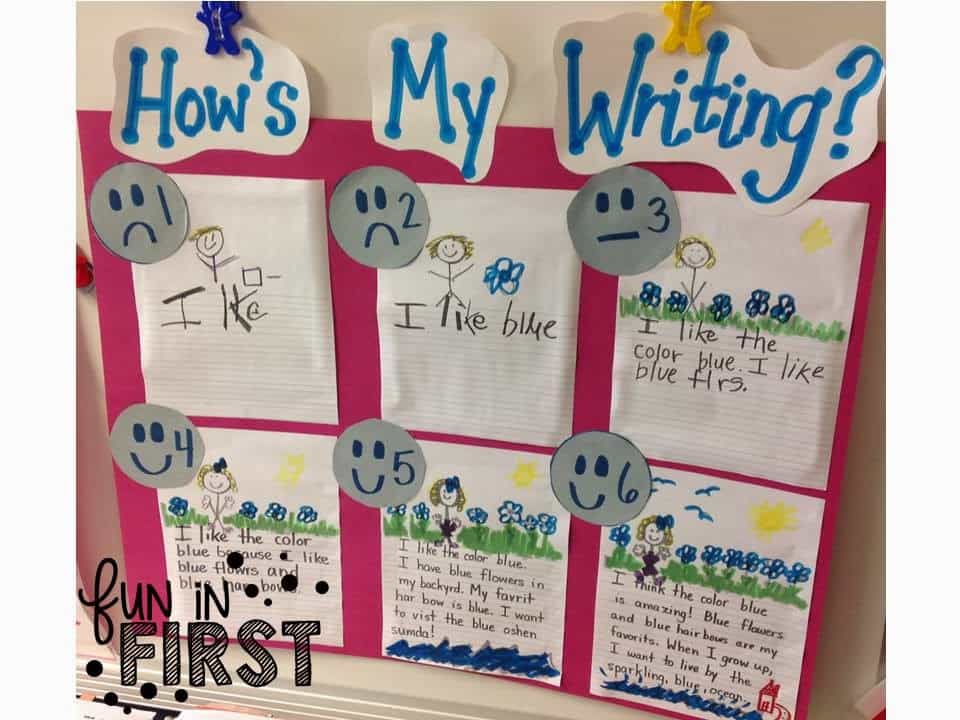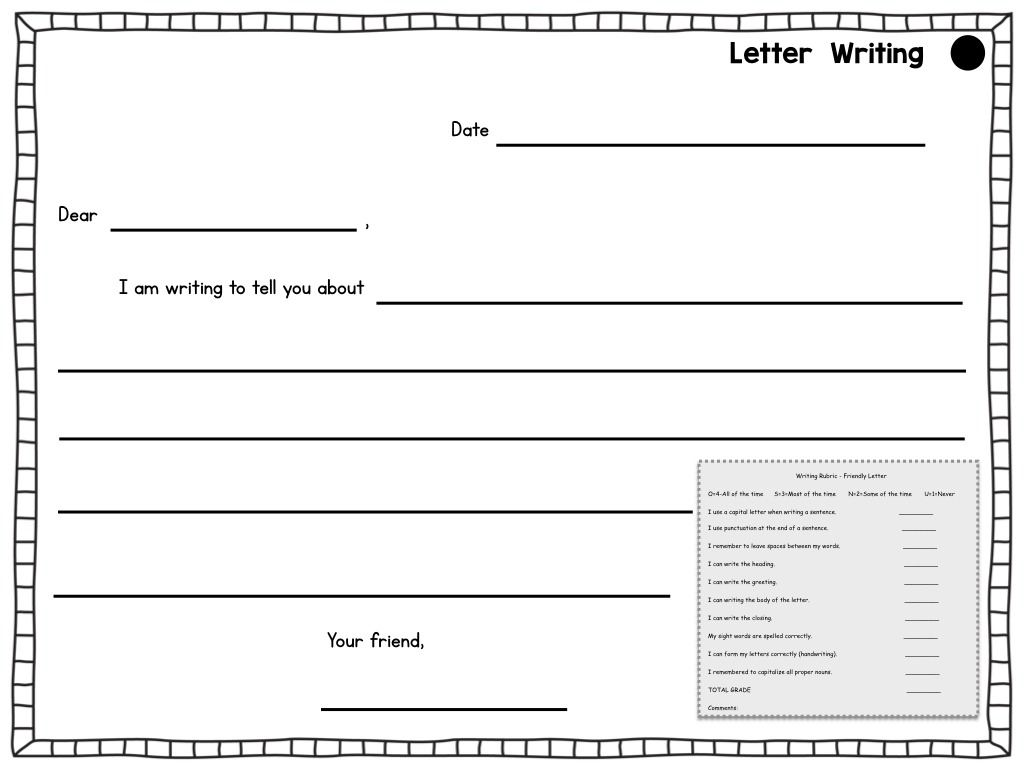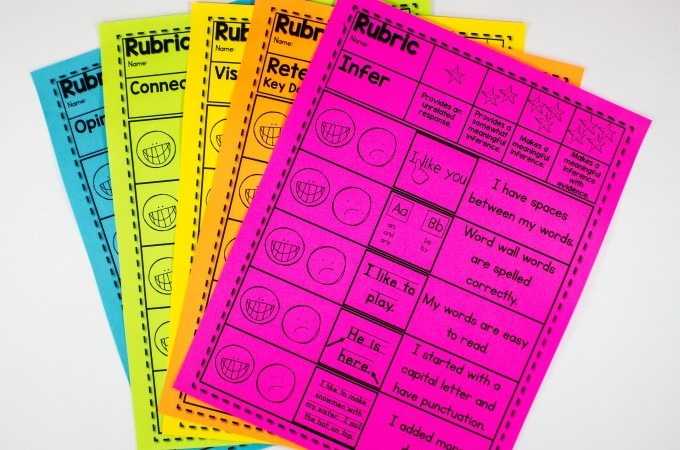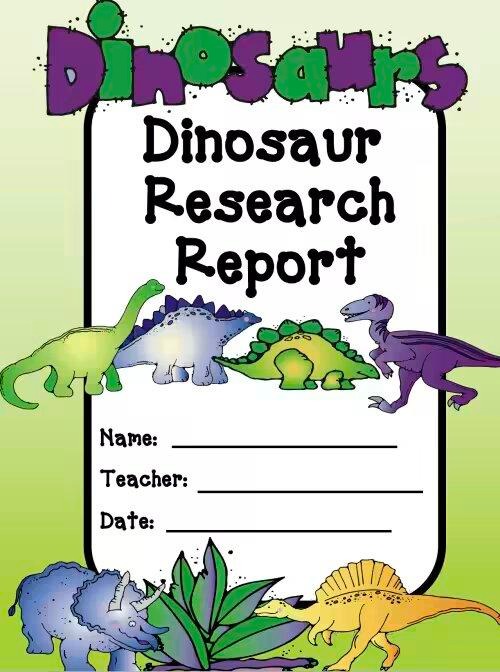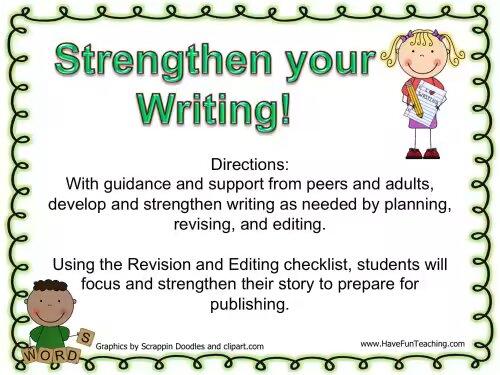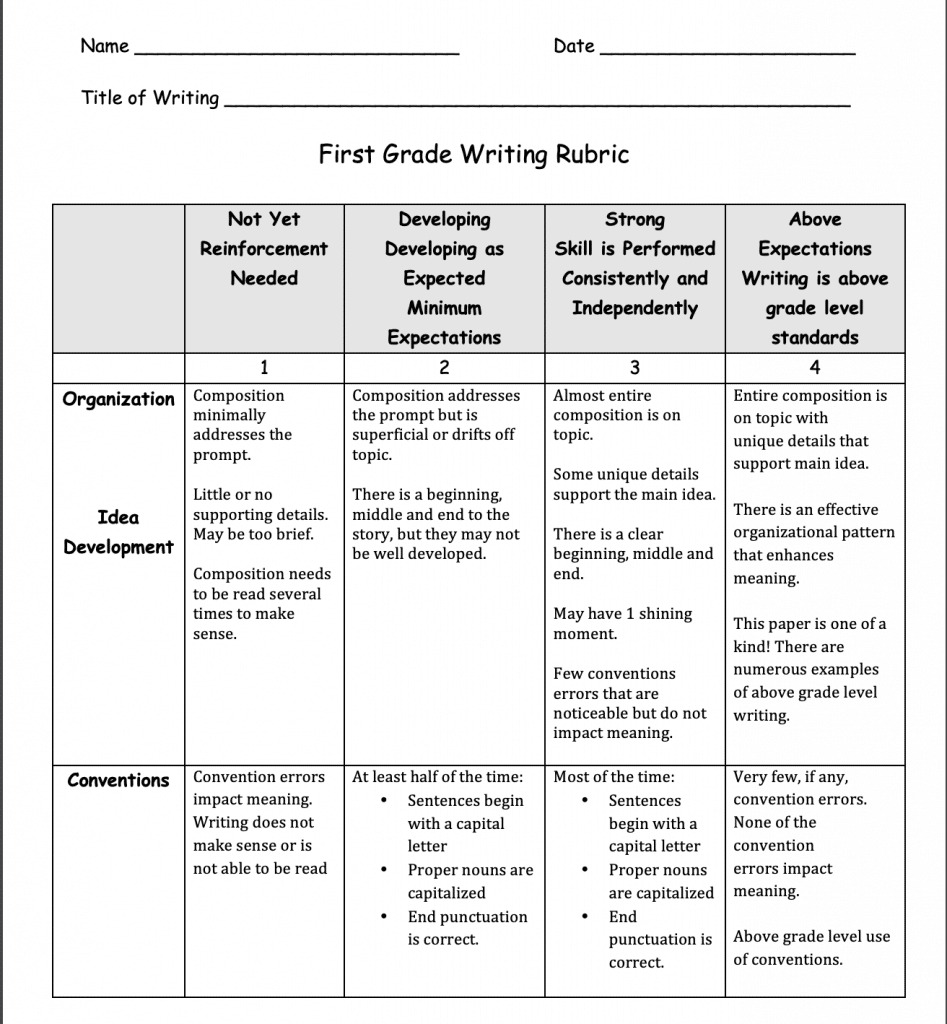First grade writing rubrics are helpful tools for both you and your students when introducing an assignment and what is expected. They clearly outline what is to be included in the paragraph and will function as a reference for the students as they are writing.
To introduce rubrics to first grade students, start by going over what is needed to earn the highest score in each category. Then give examples of what would earn the lowest score to give them an idea of what not to do. Once the assignment is completed, the rubric serves as a guide to help you grade.
Table of Contents
- What Is a Rubric in 1st Grade?
- Best 1st Grade Writing Rubrics & Worksheets
- What Are the 3 Categories of a Writing Rubric?
- Check Out These Additional 1st Grade Resources
What Is a Rubric in 1st Grade?
Rubrics are used at every academic level from first grade to college and vary in complexity. The first basic component of a rubric will be the criteria items, depending on what the assignment focus is, such as punctuation, including verbs or nouns, etc.
A rubric generally includes four levels of how well that criteria is met. A 4-by-4 rubric is a good place to start if it’s the first time your students are seeing one. As the year progresses you can add criteria to what you’ve previously used to introduce more concepts and a more complex rubric.
You can find many lesson plans and rubrics on Teach Simple, a marketplace dedicated to helping teachers in the classroom by providing high quality materials that meet the standards of Common Core (USA) and Core Curriculums (CA, UK, AU). Additionally, all the materials provided are created by teachers themselves where they earn 50% of all revenue. In partnership with Teach Simple, I’ve gathered 9 helpful 1st grade writing rubrics to begin using in your classroom. Have a look!
Best 1st Grade Writing Rubrics & Worksheets
- First Grade Grammar Rubric From Learn For Your Life
This rubric helps students focus on elements of grammar, such as spelling, capitalization, and punctuation. It contains four levels of grading and gives examples of what it means to fulfill each category.
- Ice Cream Stories Project with Rubric From Sarah’s Teaching Snippets
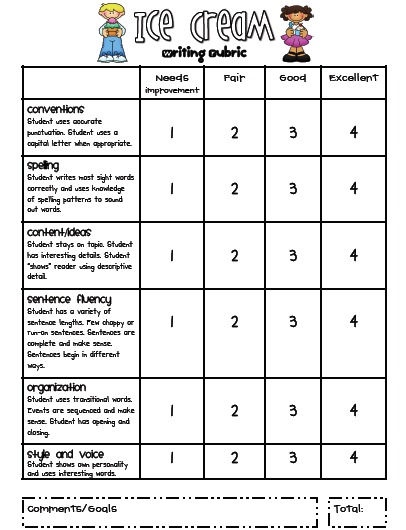
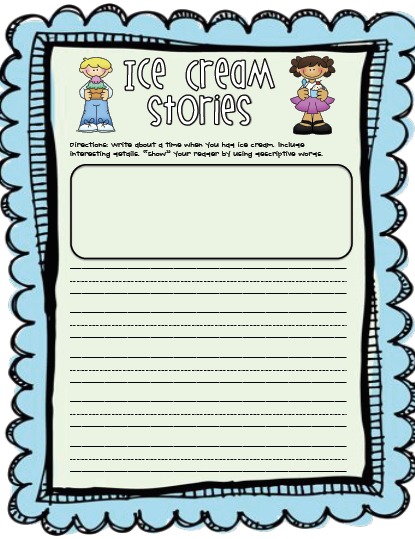
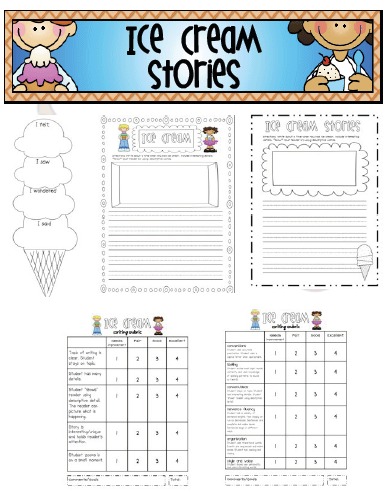
Use this story rubric to go over all of the key elements introduced in writing and guide your student to a final assignment that combines them all. Students are asked to demonstrate an understanding of the story, form their own opinions, write with correct grammar and punctuation, and experiment with adding their own voice to their writing.
- Writing Editing Checklist By Nancy Vandenberge
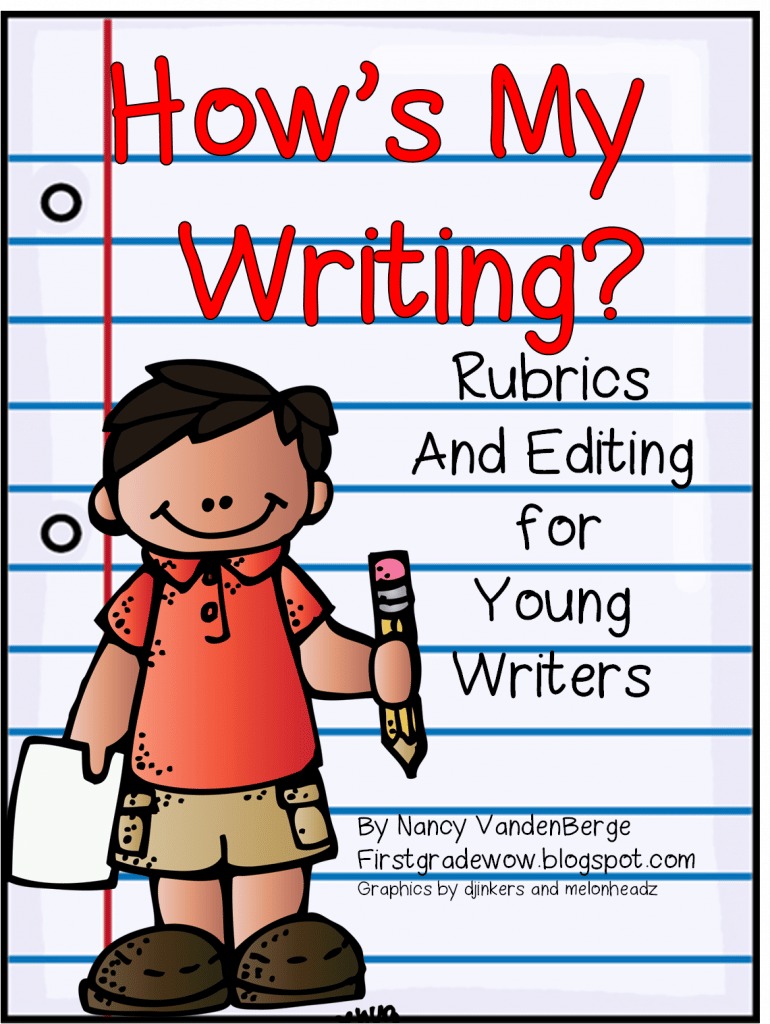
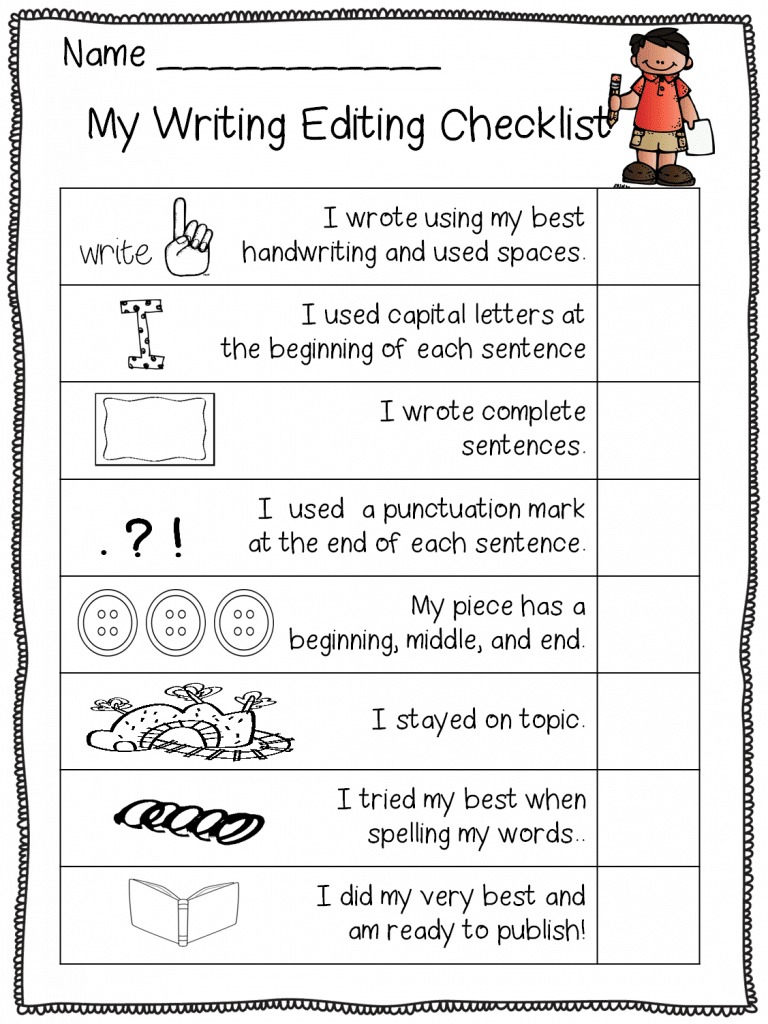
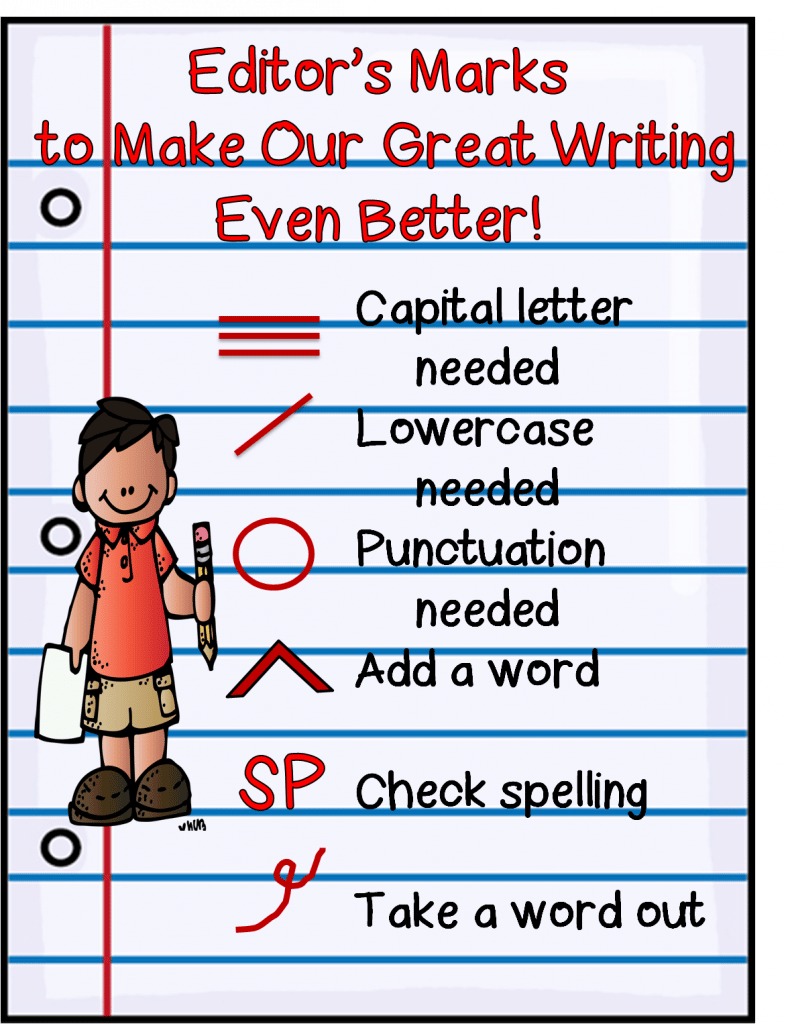
This easy rubric allows students to grade themselves, but it can also be used while they are writing as a guide. With only “yes” or “no” options, the criteria to be met is simple and reinforces the foundations of writing such as legibility, using proper spacing, punctuation, and writing on topic.
- Peer Review Editing Checklist From Fun In First
This checklist rubric is designed to be used independently by the student to go over their own work, and then by a fellow student who can practice recognizing correct grammar, spelling, and flow in writing that is not their own.
- Built-in Rubrics From Firstieland
The next rubric on our list streamlines the grading process by including the rubric on the assignment page to make grading easier and also allow students to reference the criteria. This topic is letter writing so it focuses on structure as well as all basic writing concepts.
- Reading And Writing Rubric From Mrs. Jump’s Class
This next set of rubrics are student friendly and designed to be used on a written response related to each of the 15 reading comprehension strategies.
The top portion is for you to grade the content of their responses and the lower portion is for the students to reflect on the quality of their writing and how well they meet the fundamentals.
- Dinosaur Research Report, Editing Checklist, And Rubric From The Teacher Team
This comprehensive research project was developed for students of various grades and writing abilities. You know your students best, so remove any pages that do not make sense for your students.
Included are the following that you may find helpful as a supplement pieces:
• An additional information page to be used to supplement any other parts of the report
• Blank page that can be copied to expand the report if needed
• Two different formats for note-taking pages, depending on how you want them to take notes or if you want to give them a choice.
• Rubric for the written report
• Editing/Revising Checklist to have students check their work themselves
- Strengthen Your Writing Revision And Editing Activity By Have Fun Teaching
This activity helps students develop their writing skills by going through all the stages of writing development including outlining, revising, and editing using a checklist rubric.
- Writing Concepts Rubric From Ahisd
Organization, idea development, and writing conventions are the focus of this rubric designed for teacher use, but also can be used to explain the expectations of the assignment to the student.
Each criteria has four levels of completion with examples, along with a suggestion of where the student is at with the concept to determine if they need more help in that area.
What Are the 3 Categories of a Writing Rubric?
A writing rubric at this level will contain three main categories.
First is the prompt that they will be writing about, which will sometimes include the length of the assignment. Next are the criteria items—what the students need to include and what they will be graded on. The third category is the grading scale that shows how to earn the most points for each section and what will cause students to earn little to no points. These create the structure and format that allows you to assess their work using a 1st grade writing rubric.
Check Out These Additional 1st Grade Resources
About the Author
Kelalani Kimiko was born to a multi-generational Japanese American household in Las Vegas, NV. Her upbringing was heavily influenced by the strong family cultural traditions of her ancestors. The seemingly endless stream of new babies and young children in her home caused her to gravitate towards a caretaker role where she greatly enjoyed being a part of how they learn and grow. As a teen she assisted in homeschooling her younger sibling after a diagnosis of autism. This steered her towards her first college major in education where she ultimately found her calling as a writer. She now combines her passions to promote the sharing and access of information across a variety of subjects.

